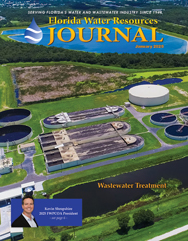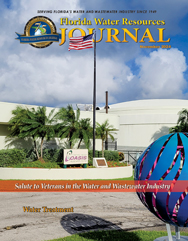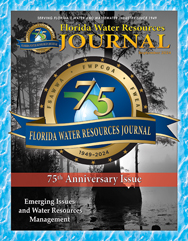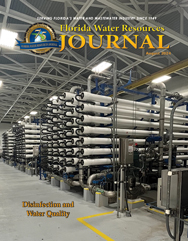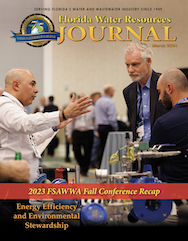Pompano Beach
Utilities Treatment Plant Operator I or Trainee
$57,208 – $80,496/yr. or $51,889 – $73,012/yr.
Utilities System Operator Foreman
$57,208 – $80,496/yr.
Utilities Backflow Technician
$51,889 – $73,012/yr.
Utilities Lift Station Operator I
$49,418 – $69,536/yr.
Utilities Lift Station Operator II
$57,208 – $80,496/yr.
Utilities System Operators I or Trainee
$44,823 – $63,071/yr. or $42,690 – $60,068/yr.
Apply Online At: http://pompanobeachfl.gov Open until filled.
Orange County Utilities Senior Engineer
Orange County Utilities is accepting applications for multiple Senior Engineer positions in the Capital Improvement Program of the Engineering Division. Successful candidates will possess strong project management skills and have experience with renewal/replacement of gravity sewer and pump stations, septic-to-sewer conversion projects, and management of grants from federal, state, or local agencies. Excellent benefits and salary commensurate with experience and education. Search Job Code:7037
Apply at: www.ocfl.net/jobs
City of Belleview – Utilities Serv Tech I
$38,022 – $58,760 DOQ
https://www.belleviewfl.org/Jobs.aspx
City of Belleview – PW Field Operations Manager
$77,746 – $120,120 DOQ
https://www.belleviewfl.org/Jobs.aspx
City of Lakeland Water Utilities – Engineering Manager
City of Lakeland Water Utilities – Engineering Manager
Seeking a highly responsible manager in a W/WW Utility engineering department. Employee in this position would perform management of a dynamic team and execution of a utility CIP ($40M+ annually) that includes line extensions/replacements, utility relocations and W/WW plant upgrades or expansions. Salary Range $104k-166k. Apply at https://www.governmentjobs.com/careers/lakelandfl/jobs/4853566/water-utilities-engineering-manager



